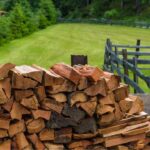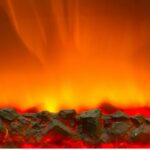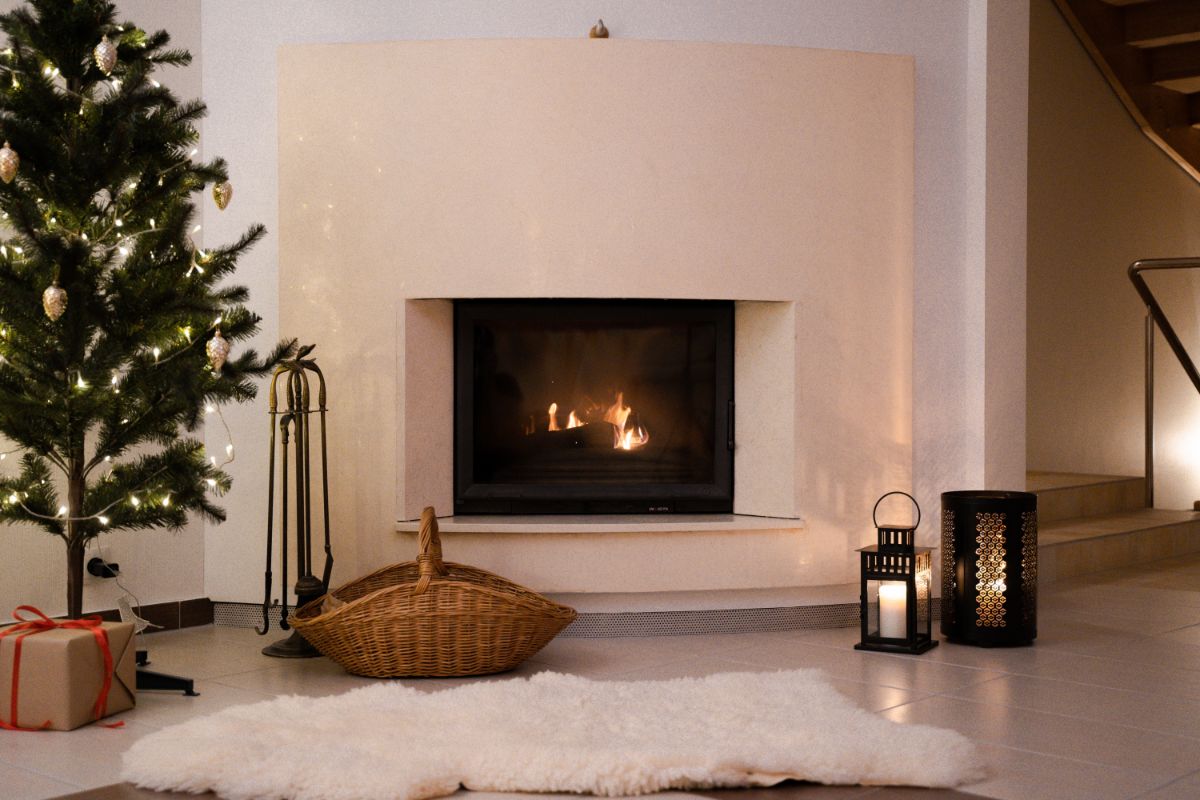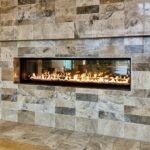With the greater awareness around sustainability and product solutions that are environmentally friendly, our focus has changed our buying behavior significantly.
Many people that one of the biggest environmental impact comes from our sources of heating, including fireplaces.
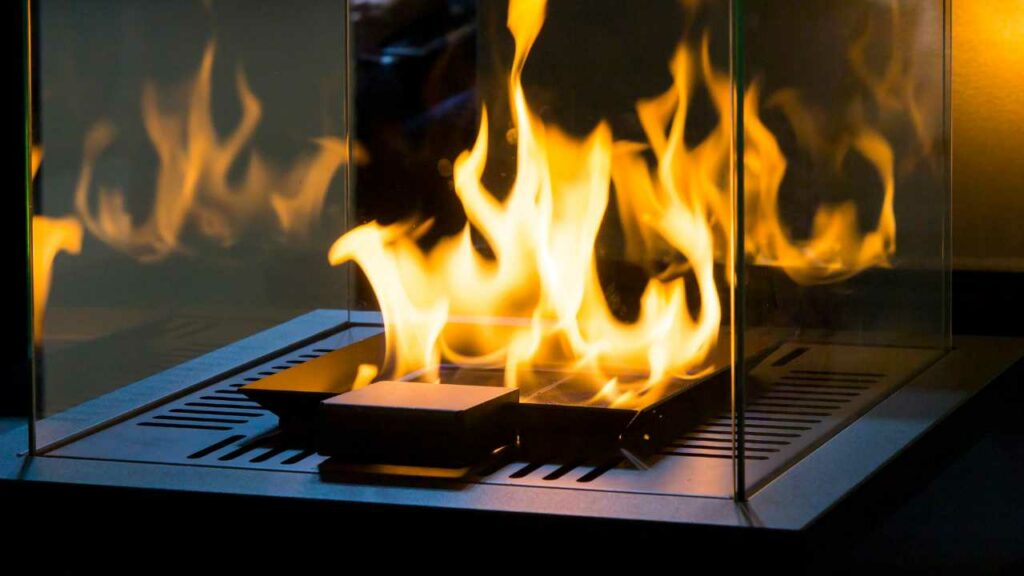
You can find fireplaces not just in older homes but also new builds come with this attractive feature, but are fireplaces really contributing to climate change?
This is a tough question, and there is a lot of debate around this.
We find out more about how fireplaces contribute to a changing climate and whether it is worth getting an environmentally friendly fireplace for your home.
Are Fireplaces Bad For The Environment?
Before we can look at what fireplaces do to our environment, we take a quick look at the actual definition of eco-friendly.
The majority people define “environmentally friendly” as something that does not do any harm to the environment.
This is the ideal state, but it is very difficult for us all not to impact the environment in some way.
That’s why, the general definition of eco-friendly products is that these items are causing either no or very little ecological damage.
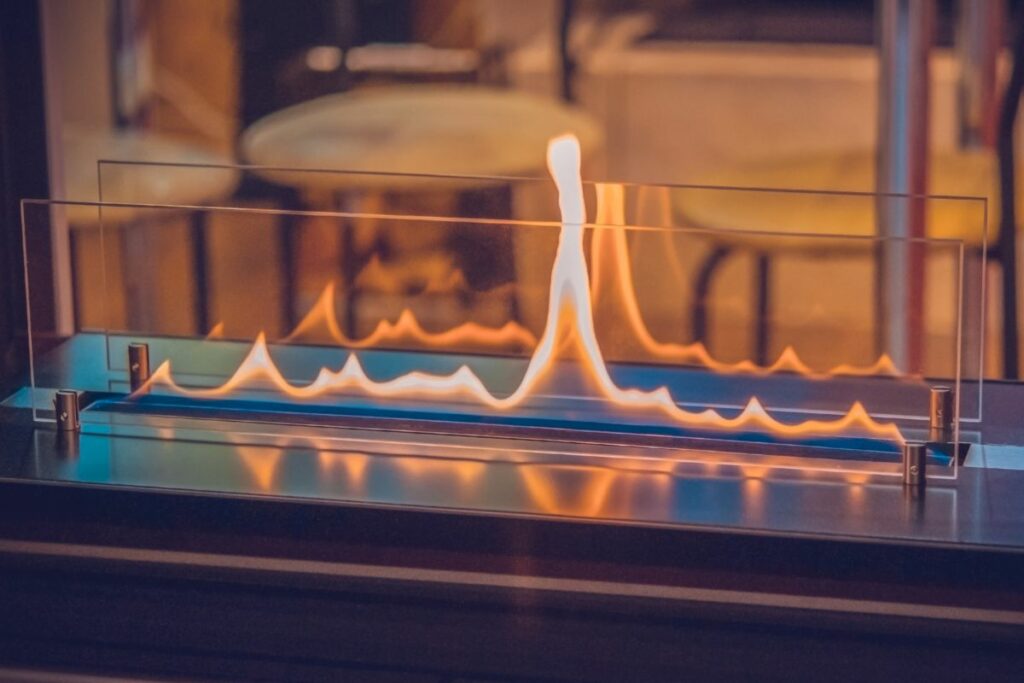
However, consumers do not usually see the indirect ecological damage that a product can do the environment.
So, what are direct and indirect ecological damage then? Direct ecological damage is typically defined as the result of direct interaction between the environment and a product itself.
This usually includes factors such as emissions produced by an item.
On the other hand, indirect ecological damage is not directly caused by the product but it is typically linked to the product, such as the sourcing or manufacturing of a product.
When you buy a fireplace, then there are a few things to look out for from an environmental perspective.
For example, poor quality solid fuels of fireplaces can release toxic smoke into the air which is a big contributor to climate change.
In addition, badly sealed fireplaces will not distribute the heat in your home very well, which means that you need a lot more fuel to heat your home efficiently.
As you can see already, whether your fireplace is truly bad for the environment depends very much on your type of fireplace and what kind of fuel you use with it.
Before you buy a fireplace, it’s best to find out more about how the fireplace was made, and how efficiently it can run.
The Most Environmentally Friendly Fireplaces
Fireplaces are not just stylish but they have been used for many hundreds of years as a way of keeping a home warm.
Some fireplaces are better than others when it comes to carbon footprint. Let’s take a look at the most environmentally friendly fireplaces, as well as their benefits and disadvantages.
Wood Burning Fireplaces
Wood burning fireplaces are amongst the most traditional fireplaces. They can be found in many old houses.
Unfortunately, old fireplaces that use wood as fuel are often not very efficient. If you use wood that has not been kiln-dried, then you run the risk of creating a lot of smoke.
This does not only create a very unpleasant and unhealthy smell in your home, but it also creates toxic pollutants that can get into the air.
If you love the warm fire from your wood burning stove, then it is best to consider a high efficiency appliance with EPA certification.
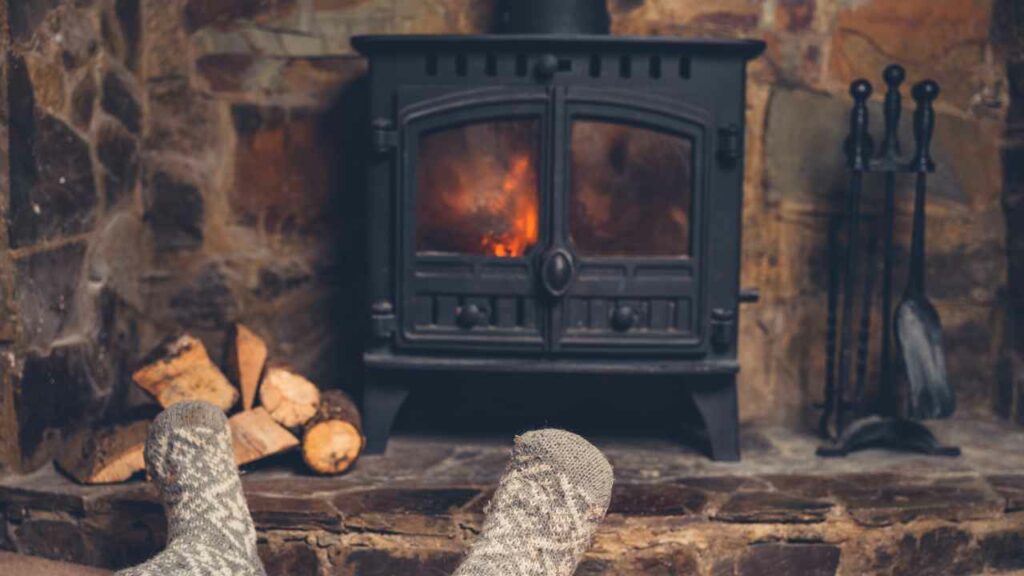
Even older fireplaces can be retrofitted to reduce the pollution levels significantly.
However, it is important to keep in mind that even high-efficiency stoves burning wood have a higher impact on the environment than some other eco-friendly fireplaces available.
If you want to install a wood burning fireplace in your home, then there are also often fire safety laws and regulations in place to require you to install a proper ventilation system.
This installation can be costly, and together with the higher price tag for a wood burning stove, you may end up spending more than with some other environmentally friendly stoves.
In order to run your wood burning fireplace as efficiently as possible, you need to use dry wood.
The most eco-friendly wood to burn in your stove is usually long-burning wood, such as beech or hickory.
You can also combine different types of wood depending on what’s available in your store.
Also make sure that you know when to add wood to your fireplace to keep an even temperature.
Pellet Stoves
Although pellet appliances can look very similar to traditional fireplaces, these stoves run with bio mass pellets.
These densely compressed pellets made of sawdust and other materials contain a lot of energy, so when you use them in your fireplace, they can produce a lot of heat.
This is what gives some pellet stoves an efficiency rating of up to 90%.
There are a lot of great benefits to using pellet fuel for your fireplace. Pellets typically have a very low moisture content (under 10%, in comparison to 20% dried wood).

In addition, most of these dry pellets do not contain any toxins which makes them very safe for your home and the environment. It is important to look out for pellets that have been compressed only, without the use of any additives or glues.
Another great advantage of pellet fuel is that it does have an infinite shelf life, and you don’t run the risk of any fungi or bacteria inside the fuel.
In addition, they are much easier to store and carry than wood or other fuels.
Although dry pellets are very similar to coal when it comes to density, pellets do not produce as much ash as wood or coal.
Unfortunately, the price of pellets can vary significantly, depending on where you live and the state of the waste sawdust market.
Another disadvantage of pellet stoves is that they need electricity to run the fans and feeder. This means that you cannot operate a pellet stove during a power blackout.
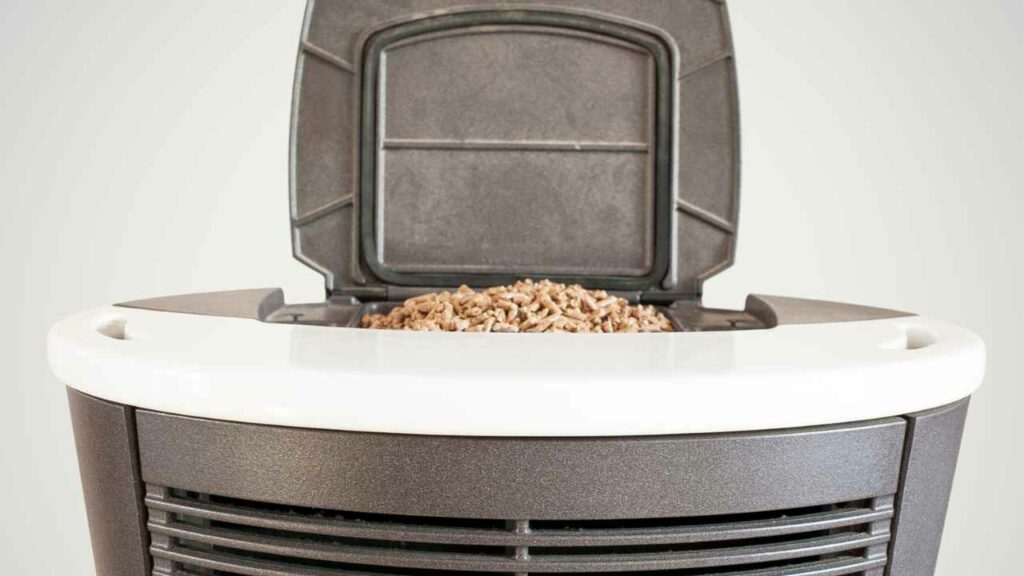
Gas Fireplaces
Gas stoves and fireplace simply use natural gas to create a warm fire. This makes them easier to handle and turn on than wood stoves.
Although gas fireplaces are so much easier to operate, the natural gas needs to be extracted from deep inside the ground. This is done through a process called “fracking”.
This process involves drilling and boring holes, extracting the gas and sending it to different depots via long pipelines.
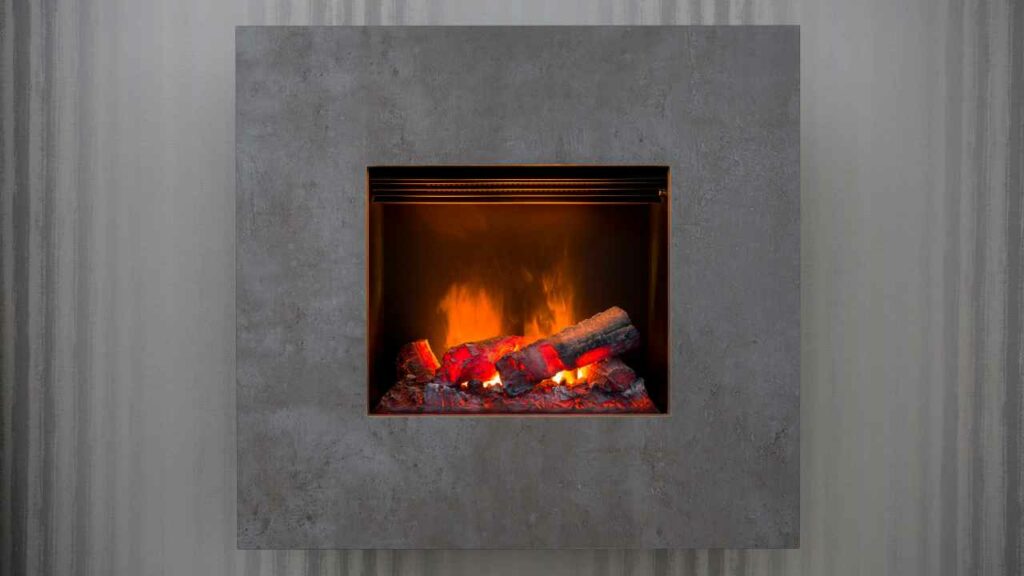
Due to this extensive process, gas is not a very environmentally friendly way of heating your home. Natural gas is also not a sustainable option.
In addition, a gas stove can only use maximum 65% of the gas. The rest of the created heat usually ends up the flue.
When buying a gas stove based on its environmental impact, it is important to remember that these fireplaces are considered to be eco-friendly because they burn very clean.
However, these stoves have the biggest impact on the environment compared to other eco-friendly stoves.
Flueless Gas Fireplaces
Flueless gas fireplaces are very similar to natural gas stoves. They use natural gas to burn, but it is forced through a catalytic converter which is supposed to remove any toxic fumes.
These fireplaces have a number of different fire safety features, including CP2 and oxygen detectors.
As a rule of thumb, all gas heaters produce carbon dioxide, carbon monoxide and water vapor when the oxygen supply to the device decreases for any reason.
That’s why, these specific gas fireplaces come with specific flues that move all the toxic fumes outside.
However, this means that although the toxic air isn’t in your home, it is still outside adding to the pollution in your area.
While this seems to be an eco-friendly solution, it does not remove any of the noxious gas from the air you breathe outside.
Additionally, also flueless gas stoves run on gas which has been extracted through fracking, which severely damages the environment.
For this reason, catalytic flueless gas fireplaces are not legal in every country. They are legal in the US and UK but not in Canada.
You will also find that this particular type of gas fireplace is much more expensive to install due to its many vents.
So, although gas seems a very popular replacement option for wood burning fireplaces, it isn’t the most eco-friendly way to heat your house.

Electric Fireplaces
Similar to other electrical devices, electric stoves are seen as the most eco-friendly way to heat your home.
These fireplaces do not cause any direct environmental damage, and the indirect environmental impact is often very minimal.
One of the biggest advantages of electric stoves however is that they turn 100% of the electricity into heat. This makes them super efficient.
In addition, this type of fireplace also does not produce any toxic greenhouses gases.
One of the few disadvantages of an electric fireplace is that it usually cannot heat an entire home, and it is very dependent on the price of electricity.
When you are looking for an electric stove, then it’s best to check how and where it was manufactured.
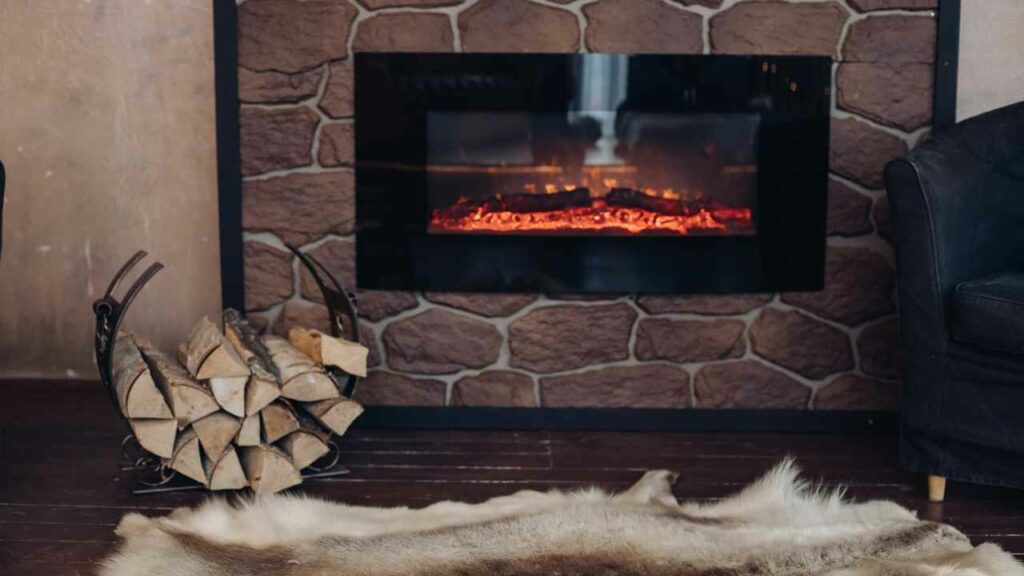
Ethanol Fireplaces
A more modern way to heat a home is through fireplaces that burn ethanol.
Ethanol, also known as highly-concentrated ethyl alcohol, is extracted as a byproduct from agriculture, such as potato or corn farming.
This alone makes it seem very eco-friendly, but some experts do see pollution issues in the manufacturing process that may impact the environment.
Ethanol is considered to be a very clean way of burning, and ethanol stoves are seen as one of the most eco-friendly fireplaces.
Ethanol fireplaces are very easy to install, and there are even tabletop versions available which require no setup.
As ethanol burns very cleanly without producing any smoke, this type of fireplace does not need a flue. It produces only a small amount of CO2 and water vapor.
Due to the production of CO2, ethanol fireplaces are typically equipped with a lot of additional fire safety features, such as CO2 detectors.
If the CO2 alarm spots CO2, it will immediately turn the unit off and sound an alarm.
However, there are also a few things to keep in mind with ethanol fireplaces. Burning ethanol is relatively environmentally friendly when it is burning, but it can also be dangerous.
Ethanol doesn’t smell, so if there is ethanol escaping into the air, you won’t be able to smell it.
In addition, it is a clear liquid that is extremely flammable. This means that you need to clean it up immediately, in order to avoid a house fire.

What Is The Most Environmentally Friendly Fireplace?
We have now seen a number of different fireplaces, including their advantages and disadvantages.
Currently, all fireplaces on the market have an impact on the environment in some way, whether they produce toxic smoke or their fuel requires extraction that damages local wildlife.
When you are looking to buy a new fireplace, you should keep an eye on where your stove has been manufacturer and how efficient it is.
Make sure that you buy a fireplace that heats your home as efficient as possible.
It is also good to keep in mind that the efficiency of your fireplace also depends on the insulation of your home.
If your home is not sufficiently insulated, then even the most efficient fireplace will not be able to heat your home in the best way.
Frequently Asked Questions
How Can I Reduce The Amount Of Smoke Produced By My Fireplace?
There are many tips for making sure smoke is reduced. Here are some of the most beneficial:
Always use dry, seasoned firewood (less than 20% moisture content)
Inspect the chimney regularly for blockages or build-up
Install a chimney cap
Never burn trash, green wood, or soft woods like pine or cedar
How can I make sure my fireplace is energy efficient?
With wood burning fireplace, much of the heat is lost up the chimney. Make sure you use a damper which will help control the flow of air and the heat generated.
Always use seasoned, dry wood. This burns clean and efficiently. Wet or green wood will create a lot of smoke and less heat.
Consider installing an energy-efficient wood burning insert, here the fire is contained within a sealed box with only the vent removing the smoke and fumes.
What are the benefits of using an environmentally friendly fireplace?
It both creates a healthier home environment and for the wider community.
They reduce air pollution and carbon emissions, is important. We all need to do our bit.
They reduce air pollution and carbon emissions, is important. We all need to do our bit.
Conclusion
So, what fireplace should you buy? There is no right or wrong answer to this. Based on environmental credentials, all the fireplaces we mentioned above can be eco-friendly in some way.
Electric fireplaces and ethanol stoves are often considered the two most environmentally friendly options.
However, it is important to look at the exact specifications of the stove that you want to buy, and find out where it is manufactured.
It’s best to buy a highly-efficient fireplace, and also consider sealing and insulating your home professionally.
This will ensure that any heat you produce with your fireplace stays where it should be: in your home.
- Discover the Ease and Elegance of Zero-Clearance Fireplaces - July 24, 2023
- How to Build a Frame for an Electric Fireplace Insert: A Step-by-Step Guide - July 16, 2023
- Bedroom Fireplace Ideas That Will Make You Want to Snuggle Up - July 16, 2023

